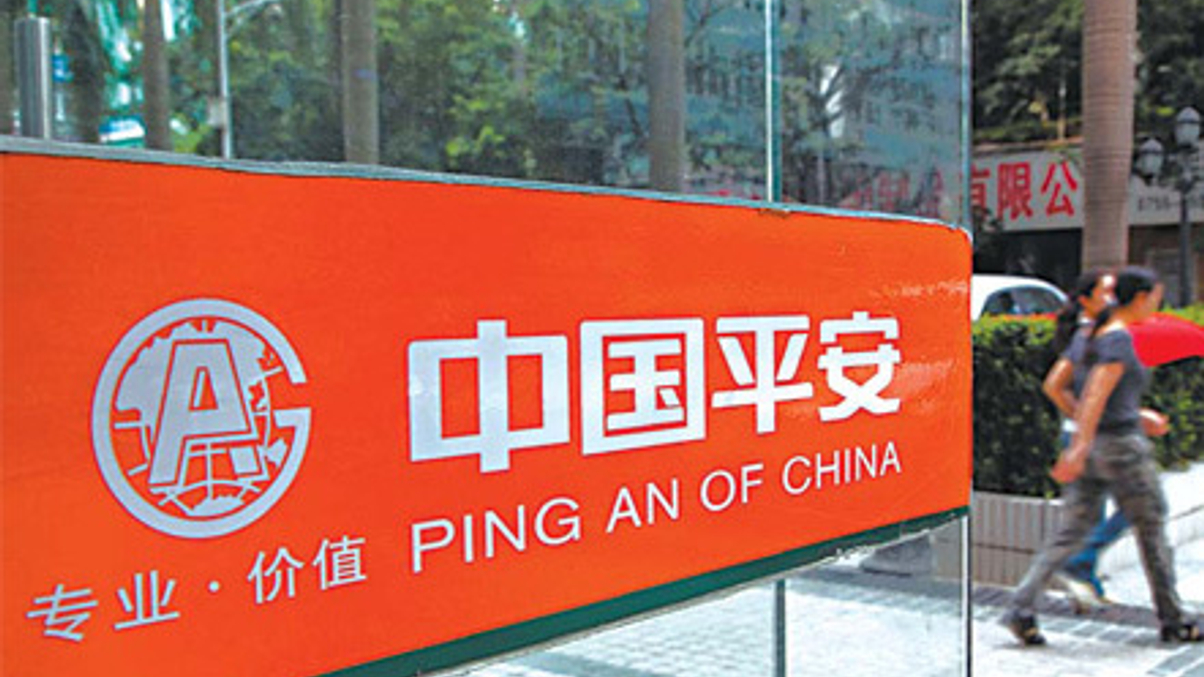Ping An cuts stock holdings as it adopts IFRS 9
China's second-largest lifer showed a higher degree of fluctuation in its income statement and remains the only Chinese insurer to have adopted the new accounting standard.

Ping An on Wednesday became the first Chinese insurer to report interim results under new international accounting standards, revealing a greater degree of fluctuation in its numbers and a drop in its stock holdings.
Sign In to Your Account
Access Exclusive AsianInvestor Content!
Please sign in to your subscription to unlock full access to our premium AI resources.
Free Registration & 7-Day Trial
Register now to enjoy a 7-day free trial—no registration fees required. Click the link to get started.
Note: This free trial is a one-time offer.
¬ Haymarket Media Limited. All rights reserved.


